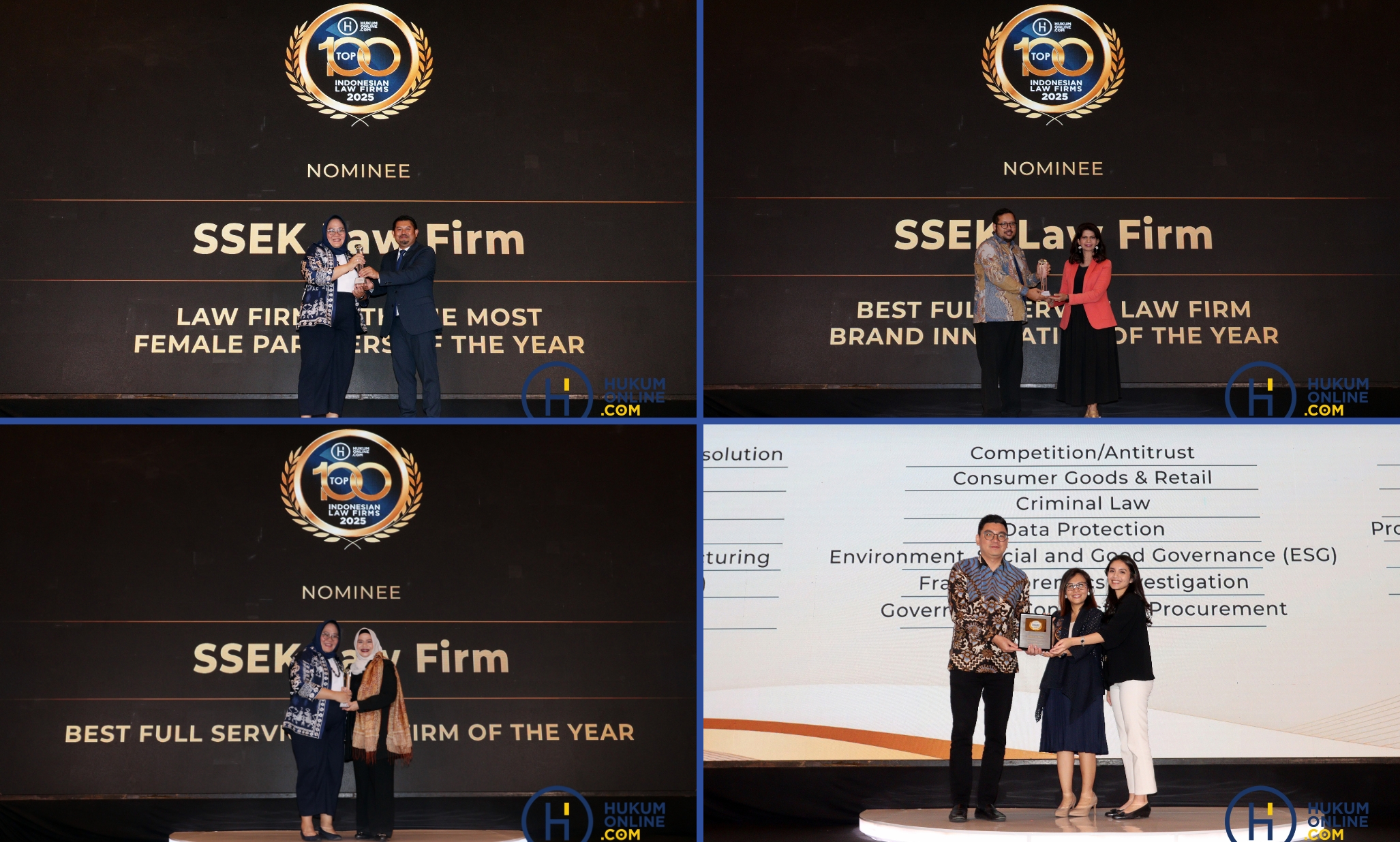

An overseas company can trade directly in Indonesia through appointing an Indonesian agent, distributor, or franchisee. To do so, an overseas company must enter into a distribution, agency or franchise agreement with an existing Indonesian company. With this structure, the overseas company does not need to establish a limited liability company with foreign ownership (PT PMA).
An overseas company can also establish a representative office in Indonesia in the form of a:
- Foreign company representative office (Kantor Perwakilan Perusahaan Asing (KPPA)).
- Foreign trade representative office (Kantor Perwakilan Perusahaan Perdagangan Asing (KP3A)).
KPPAs and KP3As must still be registered through the Online Single Submission (OSS) system an obtain a business registration number (Nomor Induk Berusaha) (NIB).
A KPPA engages in the provision of business services, while a KP3A engages in the trade of goods. KPPAs and KP3A are not subject to disclosure obligations, but they are periodically required to submit activities reports to the Capital Investment Coordinating Board (BKPM) (www.bkpm.go.id ). KPPAs and KP3As are also subject to tax obligations under Indonesian law (for example, they must file an annual tax report with the local tax office).
Joint Ventures
Joint ventures are very common in Indonesia. There is no clear definition of joint venture under Indonesian law. Generally, a joint venture between a foreign company and a local business involves the establishment of a limited liability company with foreign ownership (PT PMA).
A joint venture can also be unincorporated. Examples of unincorporated joint ventures include contractual co-operations and consortia.
It is common to prepare and sign a joint venture agreement to protect and secure the rights and obligations of the parties to the venture.
This first appeared in Establishing a Business in Indonesia, published by Thomson Reuters Practical Law.
This publication is intended for informational purposes only and does not constitute legal advice. Any reliance on the material contained herein is at the user's own risk. All SSEK publications are copyrighted and may not be reproduced without the express written consent of SSEK.









